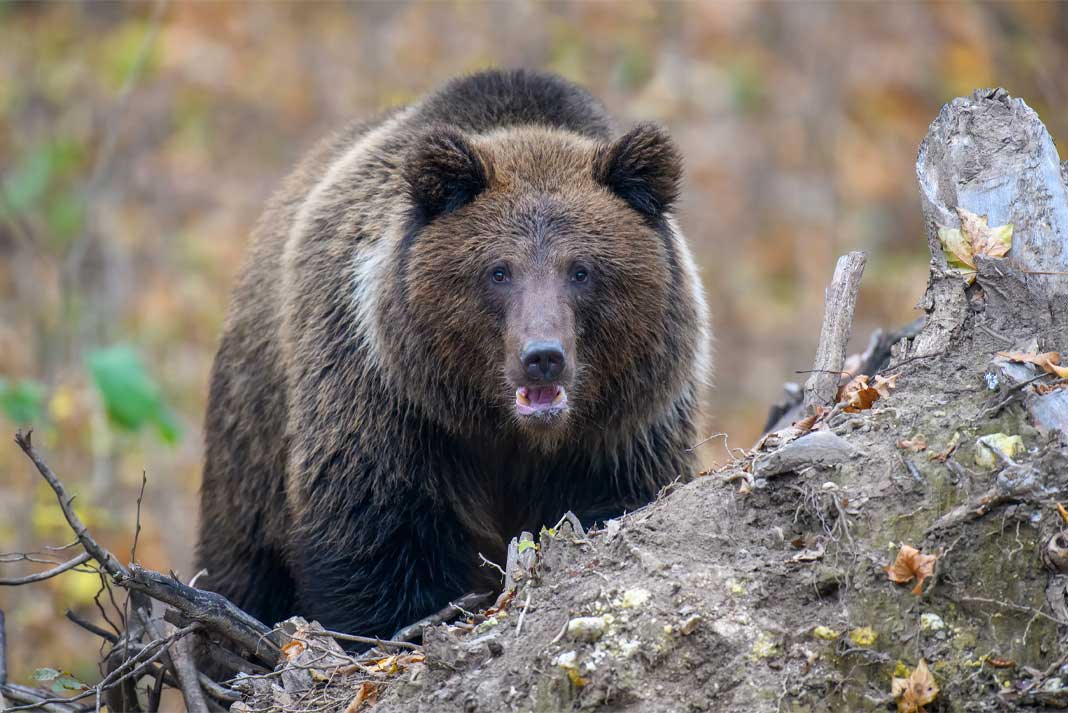Introduction to Grizzly Bears
Grizzly bears, scientifically known asUrsus arctos horribilis, are one of North America’s most iconic and formidable wildlife species. These majestic creatures belong to the brown bear family and are recognized for their distinguished physical traits, powerful presence, and vital role in their ecosystems.
Physical Characteristics
Grizzly bears are often distinguished by their size and the distinctive hump of muscle mass on their shoulders, which gives them a commanding appearance. See images of grizzly bears. Typically, adult male grizzly bears can weigh between 400 to 790 pounds (180 to 360 kg), while females generally range from 290 to 400 pounds (130 to 180 kg). However, their sizes can greatly vary depending on geographic location and the availability of food.
In terms of size, a grizzly bear can stand about 3.3 feet (1 meter) at the shoulder when on all fours and reach heights of up to 6.5 feet (2 meters) when standing on their hind legs. Their size and strength make them the apex predators in their habitats.

Speed and Agility
Despite their bulky size, grizzly bears are surprisingly agile. They can run at speeds of up to 35 miles per hour (56 km/h) for short distances. This incredible speed allows them to efficiently hunt prey as well as travel across their vast territories.
Habitat and Distribution
Grizzly bears primarily inhabit the forests, woodlands, alpine meadows, and mountain ranges of North America. Their range spans parts of Alaska, western Canada, and specific regions of the northwestern United States, including Montana, Wyoming, and Idaho. In these regions, grizzlies occupy diverse ecosystems, from dense forests and mountain slopes to wide river valleys.
Diet and Behavior
Grizzly bears are omnivores, and their diet varies with seasons and availability of food. They consume a wide range of food sources, including fish (notably salmon), berries, nuts, roots, small mammals, and carrion. Their ability to adapt their diets enables them to survive in varying environmental conditions.
Grizzlies are typically solitary animals, except mothers with cubs. During the fall, they engage in hyperphagia, a phase of excessive eating, to accumulate fat reserves for winter hibernation.

Conservation Status
Currently, grizzly bears are classified as a species of least concern globally, but certain populations, especially those in the contiguous United States, are listed as threatened due to habitat loss and human encroachment. Conservation efforts are in place to protect these vital animals and ensure their survival in the face of increasing environmental pressures.
Through these efforts, researchers and conservationists aim to balance the needs of grizzly bears with the interests of human populations, fostering coexistence and safeguarding the future of one of nature’s most awe-inspiring creatures.
